Banknote commemorating the 450th anniversary of the founding of the capital Vientiane: beauty and identity.
Since escaping from the French colonial yoke, Laos has printed only two commemorative bills: “2,500 Years of Buddhist Era” Commemorative Issue in 1957 and “450th Anniversary of Vientiane & 35th Anniversary of PDR Laos” banknotes. Commemorative Issue in 2010. Among them, the banknote commemorating the 450th anniversary of the founding of the capital Vientiane is my favorite banknote.
Yellow is the main color with other colors elegantly designed. Therefore, this is my favorite banknote because I really like the color yellow. Overall, these 100,000 commemorative Kips are printed on cotton paper. When held, the paper material feels very sturdy and seems very thick.
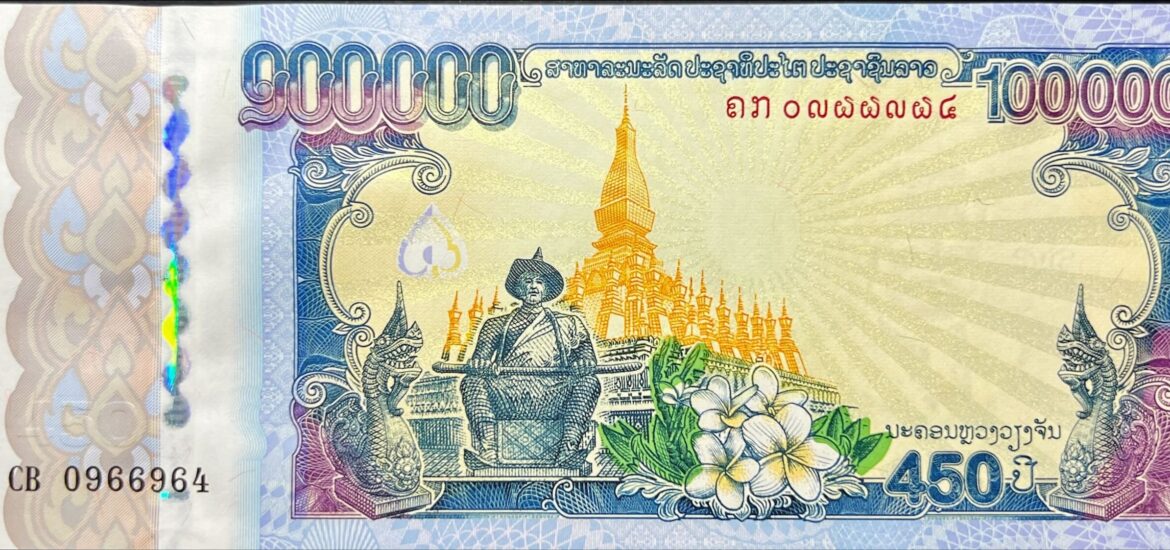
First, we explore the front of the note. Technology, this banknote is printed from the Russian Federation with typical Russian security wire technology. Next, gold emulsion reflective in light is designed across the front of the note radiating from the center. It is like sunlight, it seems that Lao people mean longevity, glory, and pride in a capital that will last forever. It’s really impressive with the yellow reflective ink, it makes the note stand out when held under light.
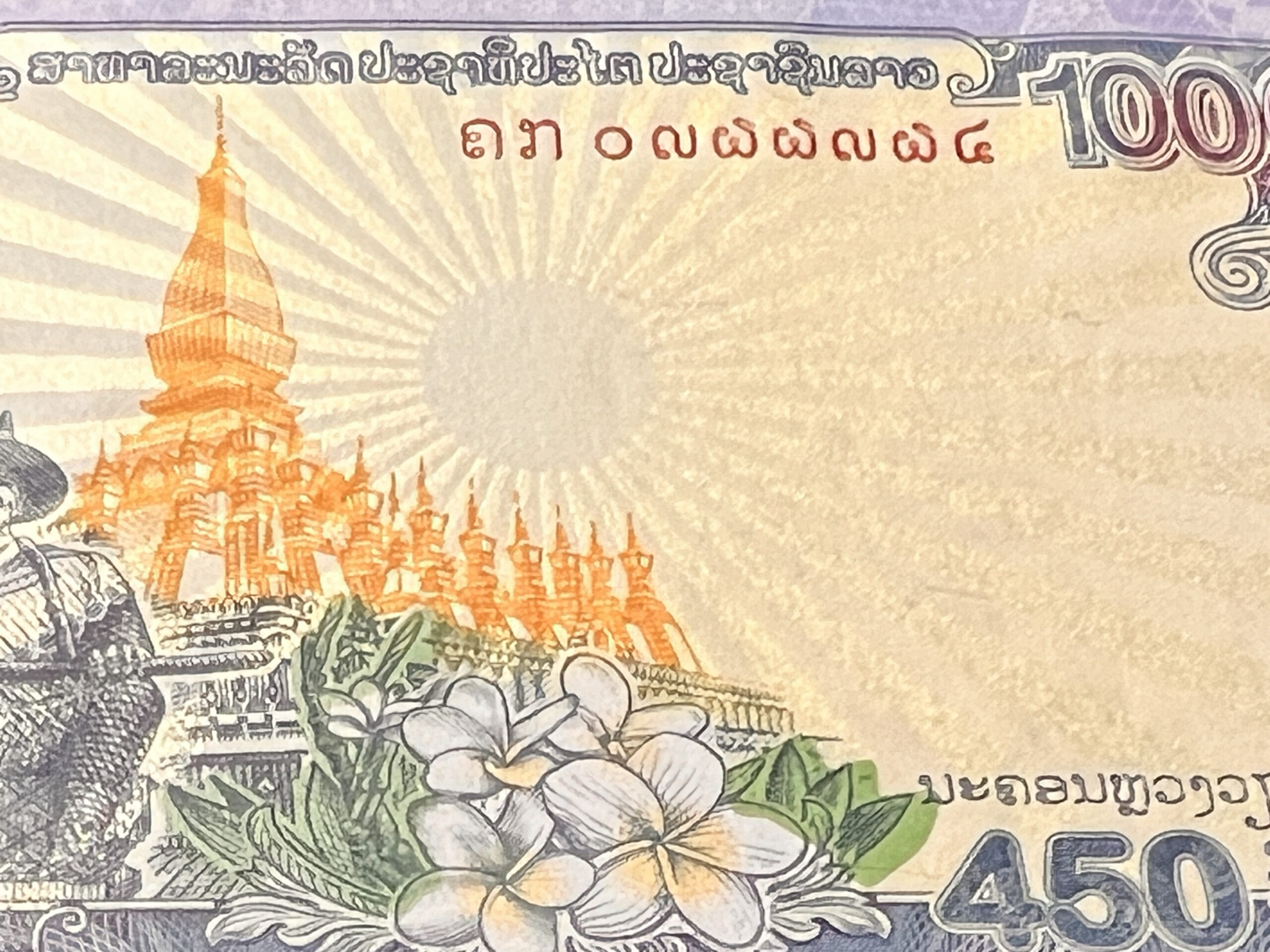
The highlight is Pha That Luang pagoda. Pha That Luang is a sacred relic and one of the most impressive religious structures in Laos. It was founded in the 3rd century to house the sternum of Buddha, brought to Laos by an Indian missionary. The current structure was built by King Setthathirat in 1566 after Vientiane became the capital of Laos.
Pha That Luang Stupa or known as the Great Stupa is the most important Buddhist monument in Laos which attracts much more explorers. It was inlaid by gold and is believed to preserve a breast bone of Buddha. Pha That Luang Stupa was built in Laos traditional style on the remains of an old temple in 1566 by King Setthathirath after he made Vientiane the new capital of Lan Xang Kingdom. Nowadays, it has become the national symbol; you can easily find this image of the Great Stupa printed in the money seal and in the national emblem of Laos. Pha That Luang Stupa has one main 45-meter-high building and four temples around main building on each side but only two remain today.
The legend said that: in 3rd century BC, after studying in India, 5 monks came back to Laos with the bone of Buddha. The monks asked the Lord for a place to keep the bone, and then the Lord built a stupa and named it That Luang. In 1827, most of Vientiane city especially Pha That Luang was heavilly damaged by the Siamese invasion, but in 1930, the French rebuilt it to the original design. And now, Pha That Luang has been submitted to the Tentative List of UNESCO World Heritage Sites. If you are going to visit Pha That Luang, you should go early in the morning for better wandering.
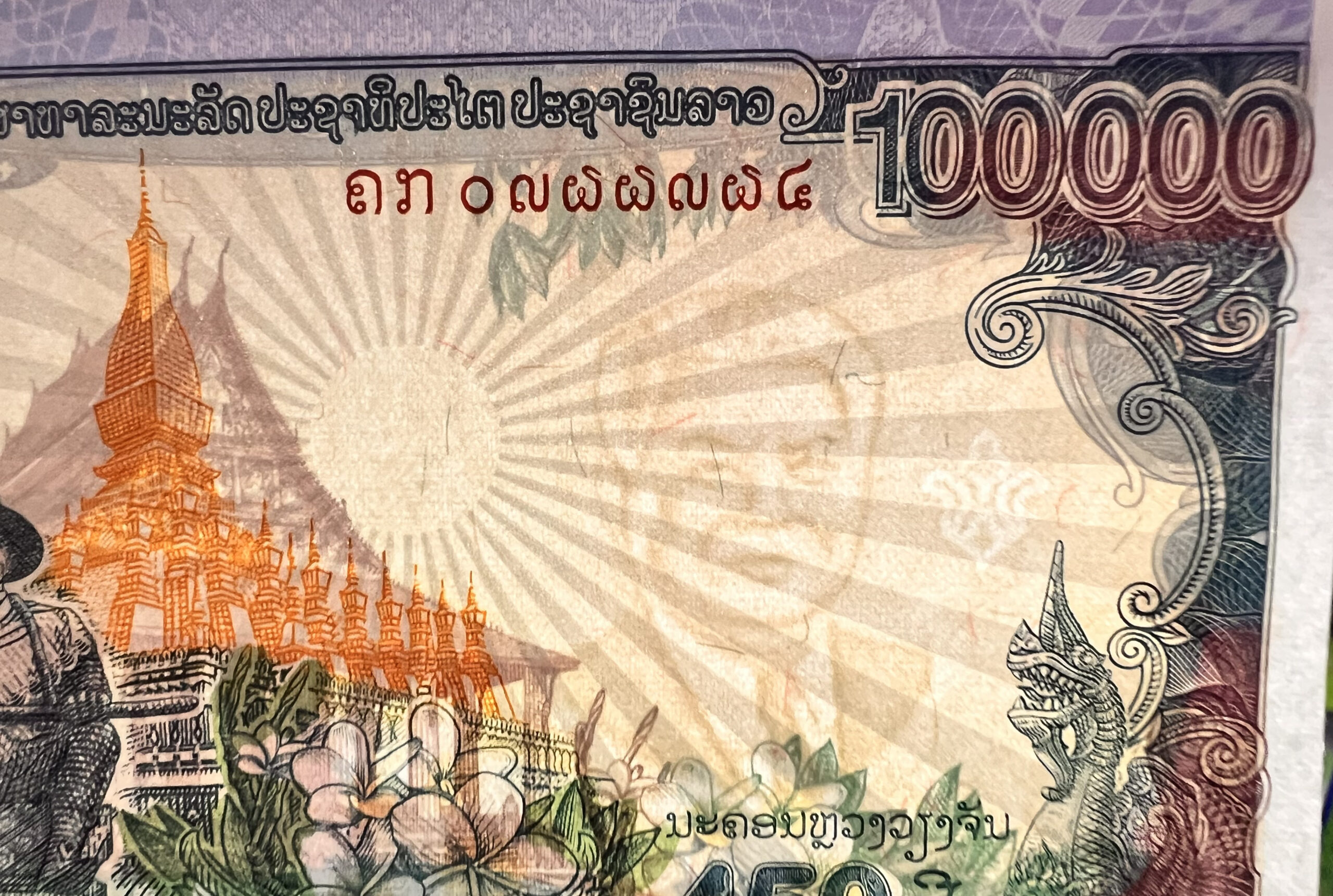
It’s easy to compare the security straps on Lao and Russian banknotes, which are very similar.
On the back of the war money, choose the image of Haw Phra Kaew pagoda. It was built in 1565–1566 on the orders of King Setthathirath after he moved the capital from Luang Prabang to Vientiane. The temple was built on the grounds of the royal palace to house the Emerald Buddha figurine, which Setthathirath had brought from Chiang Mai, then the capital of Lanna, to Luang Prabang. The temple was used as Setthathirath’s personal place of worship, and because of this, there were no resident monks in this temple, unlike other temples in Laos. The Emerald Buddha stayed in the temple for over 200 years, but in 1779, Vientiane was seized by the Siamese General Chao Phraya Chakri (who founded the current Chakri Dynasty of Thailand), the figurine was looted and taken to Thonburi, and the temple was destroyed. The Buddha now resides in Wat Phra Kaew in Bangkok and is considered the palladium of Thailand.
The temple was rebuilt in 1816 by King Anouvong, with a new image crafted in the place of the lost Emerald Buddha. However, the temple was again destroyed in 1828 when King Anouvong rebelled against Siam in an attempt to regain full independence, and Vientiane was razed to the ground by Siamese forces in retaliation. The ruined temple was depicted in a drawing by Louis Delaporte (c.1867, shown left). The temple was rebuilt by the French between 1936 and 1942 during the colonial period of French Indochina. The surviving structures of the old temple were used as the basis for the rebuilding; however, even though it follows the plan of the old temple, the rebuilt temple resembles more of a 19th-century Bangkok-style ubosot or sim. In the 1970s the temple was converted from a place of worship to a museum. It was restored again in 1993.
In short, the 100,000 Kips commemorating the 450th anniversary of the capital of Laos is one of the bills worth having in your collection.

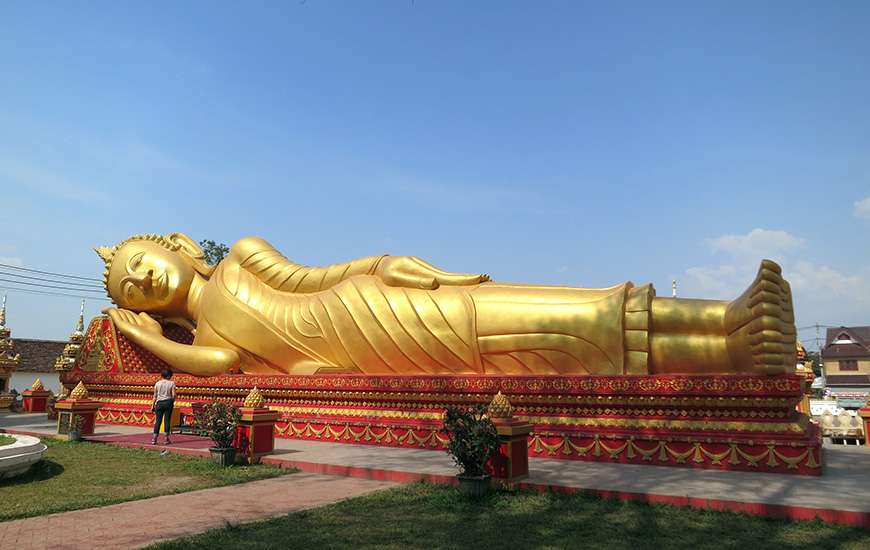
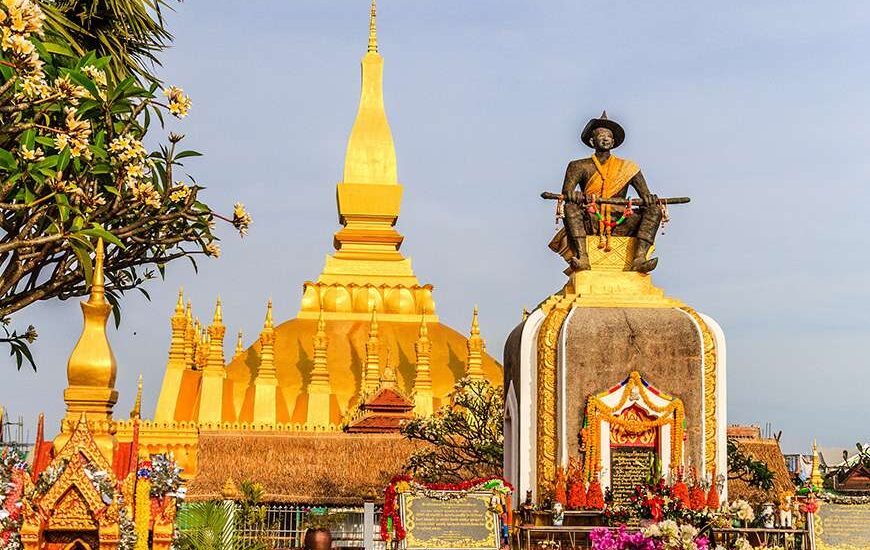
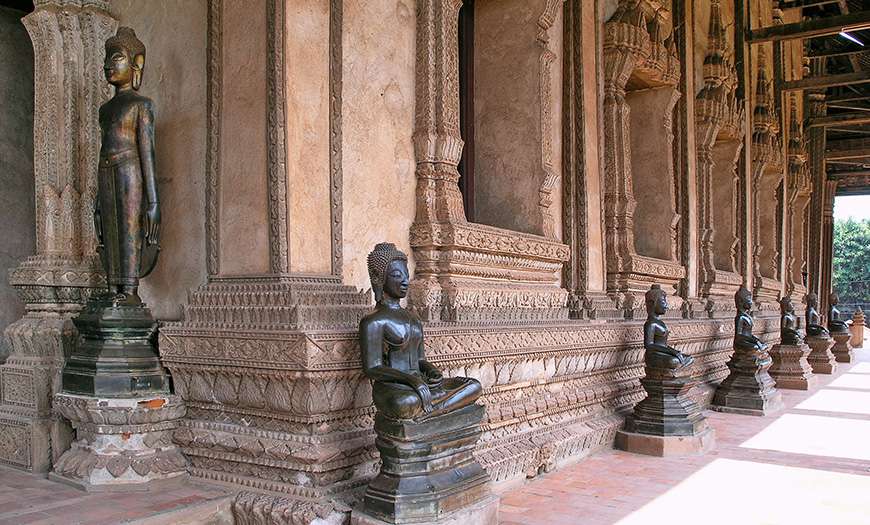
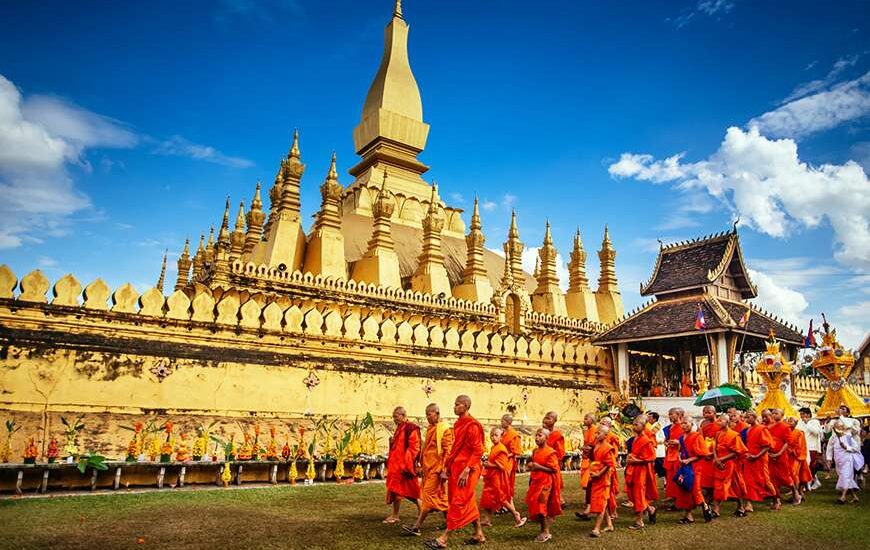
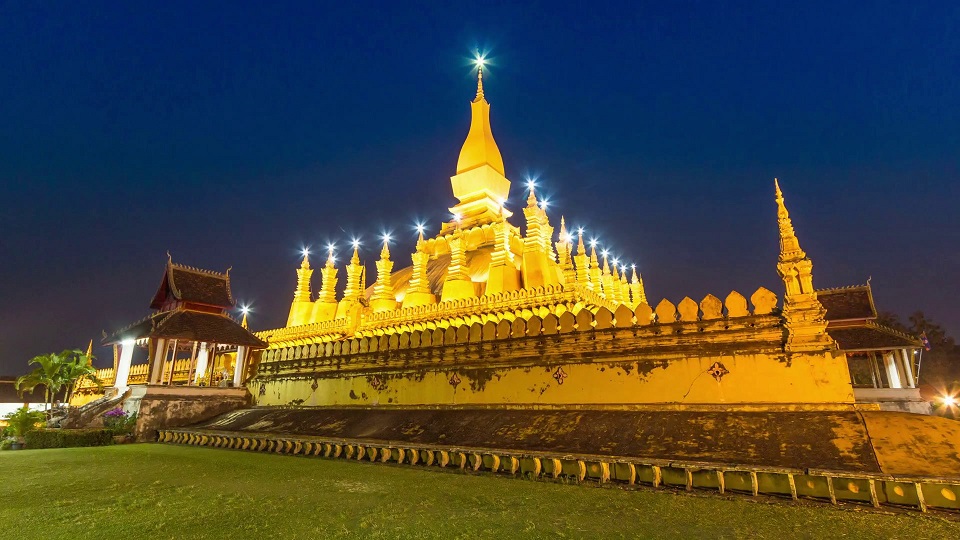
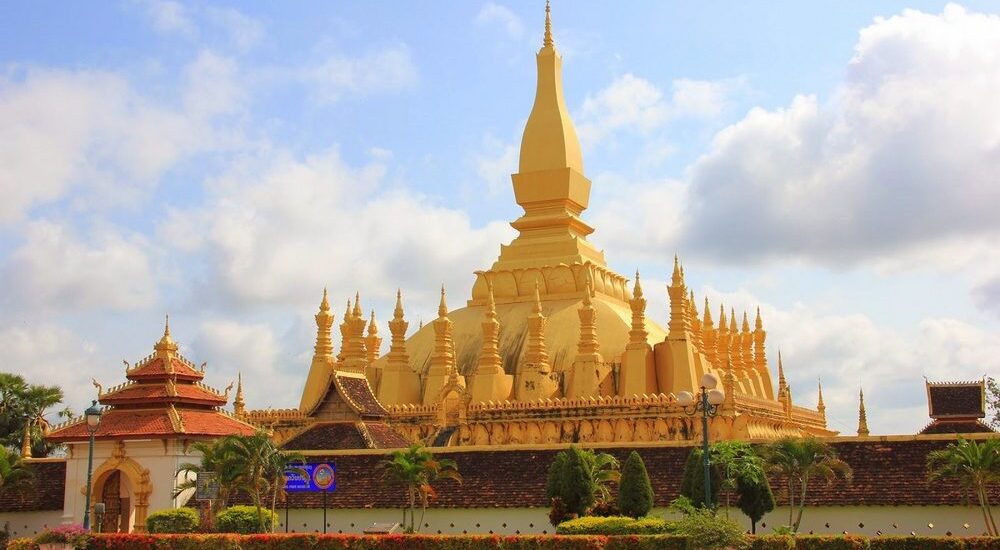
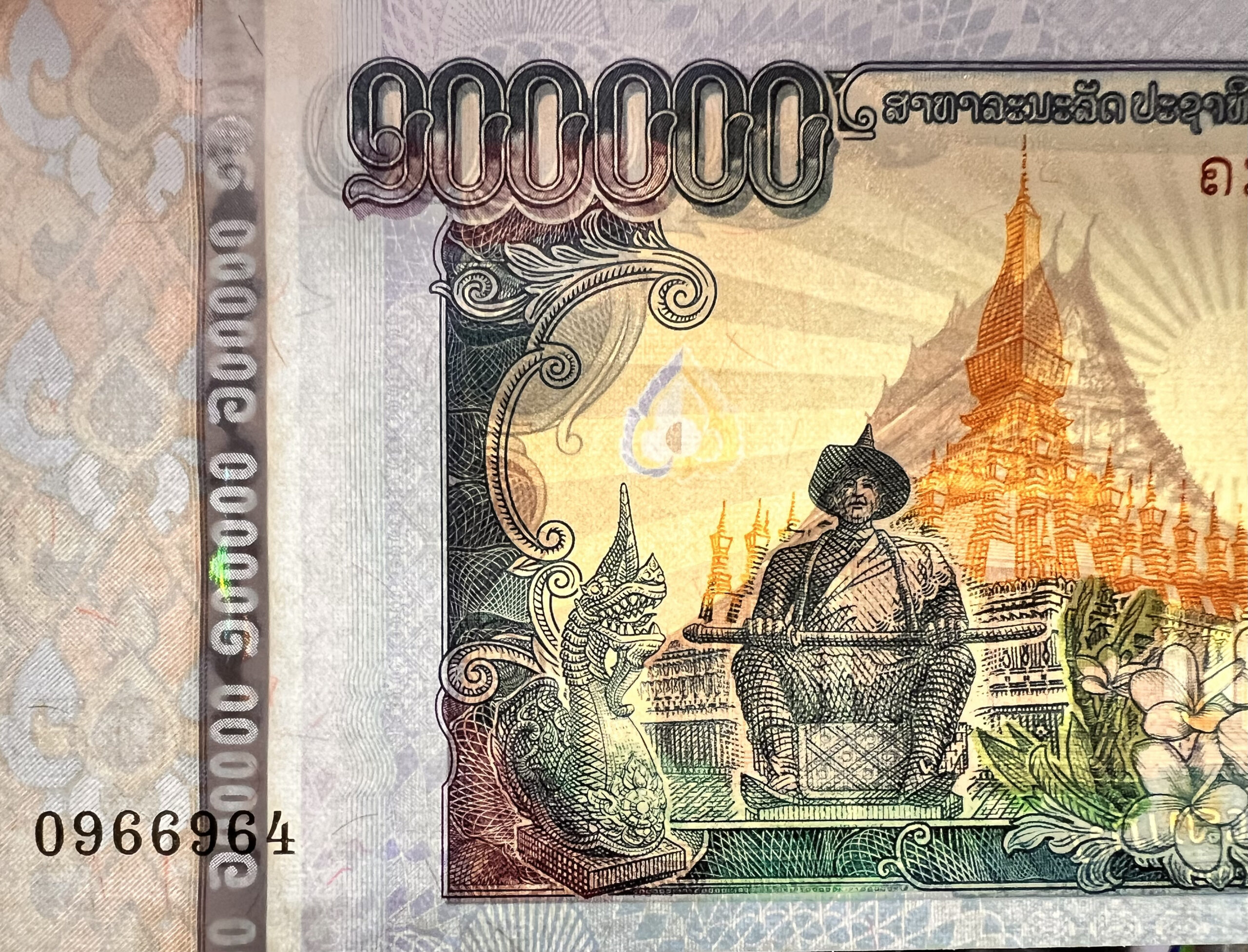
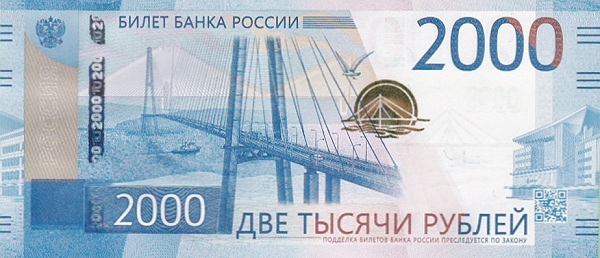
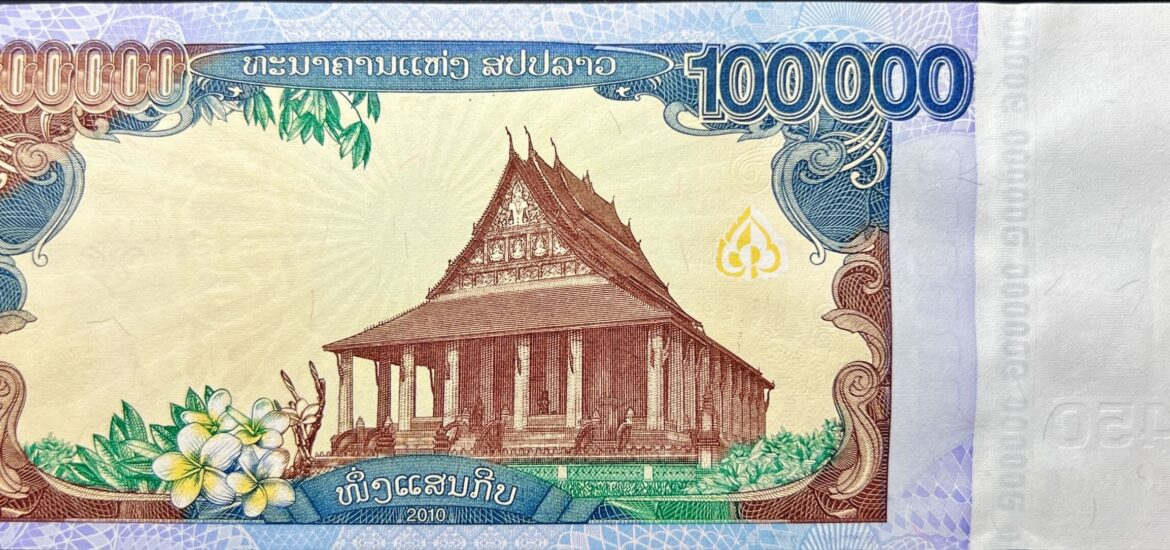
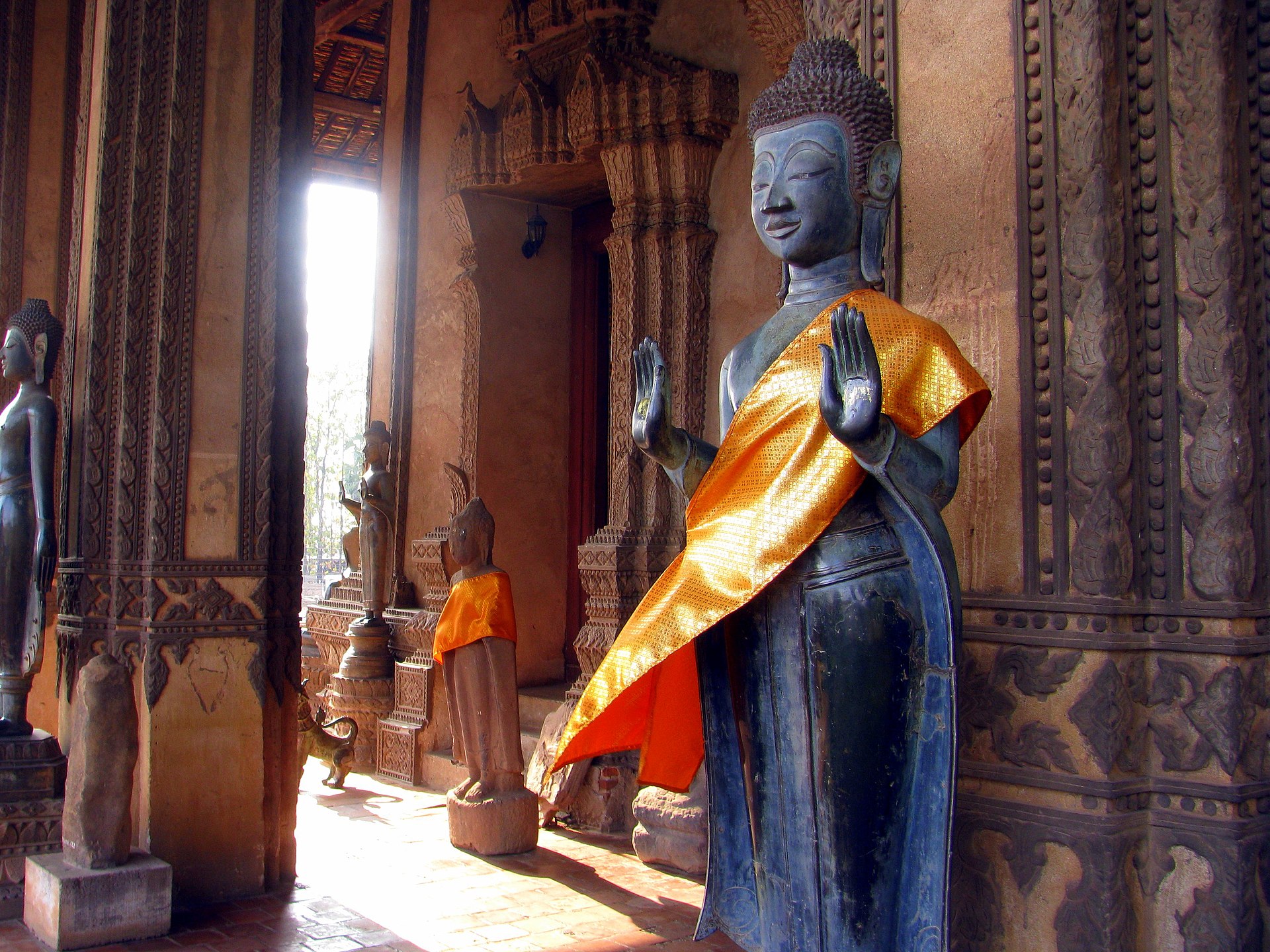
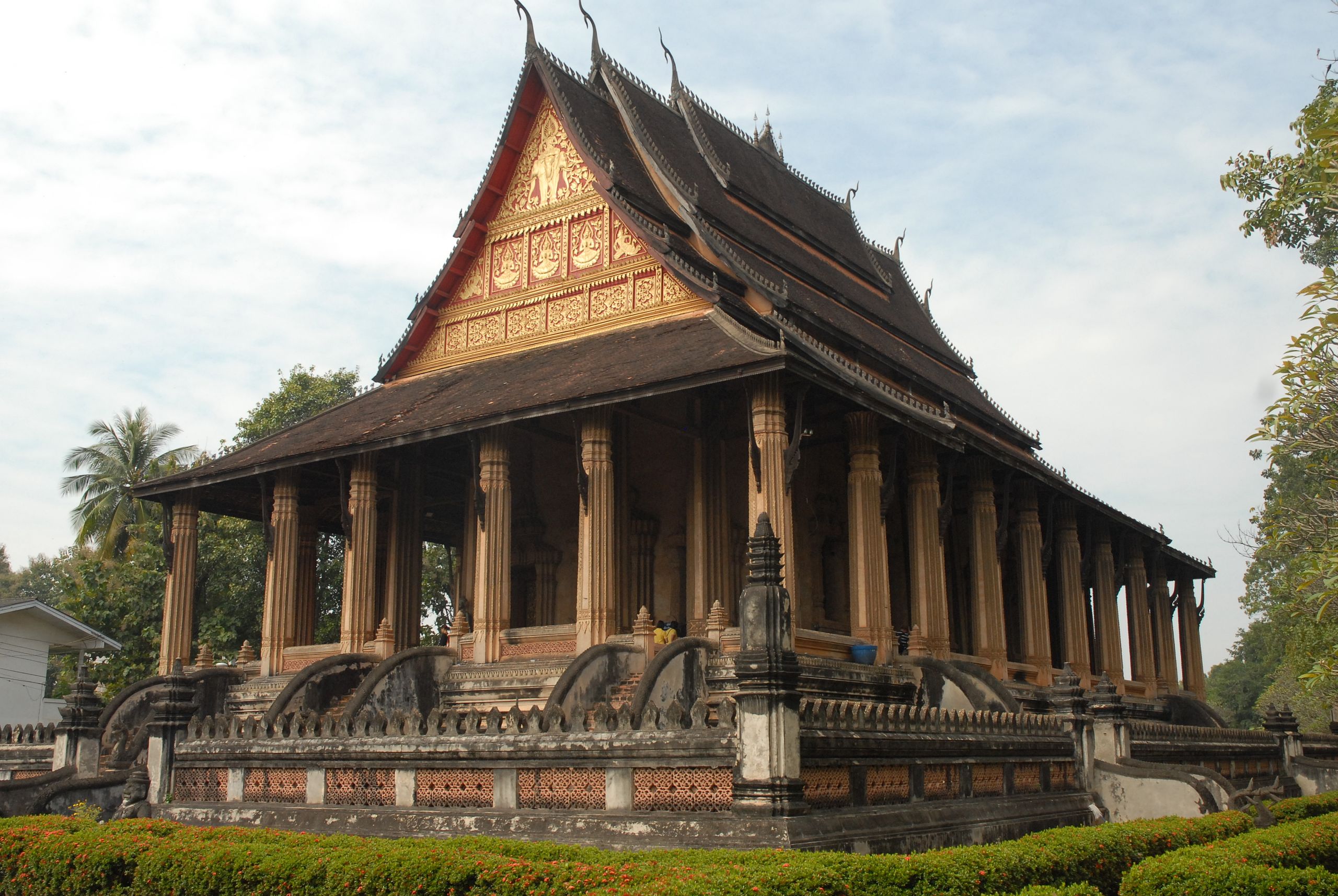
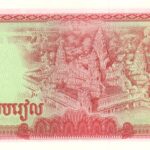

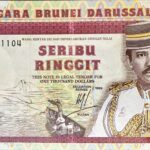
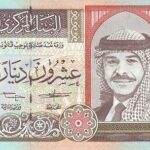
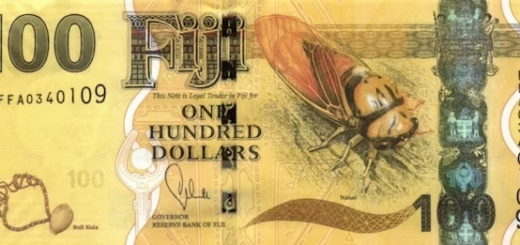
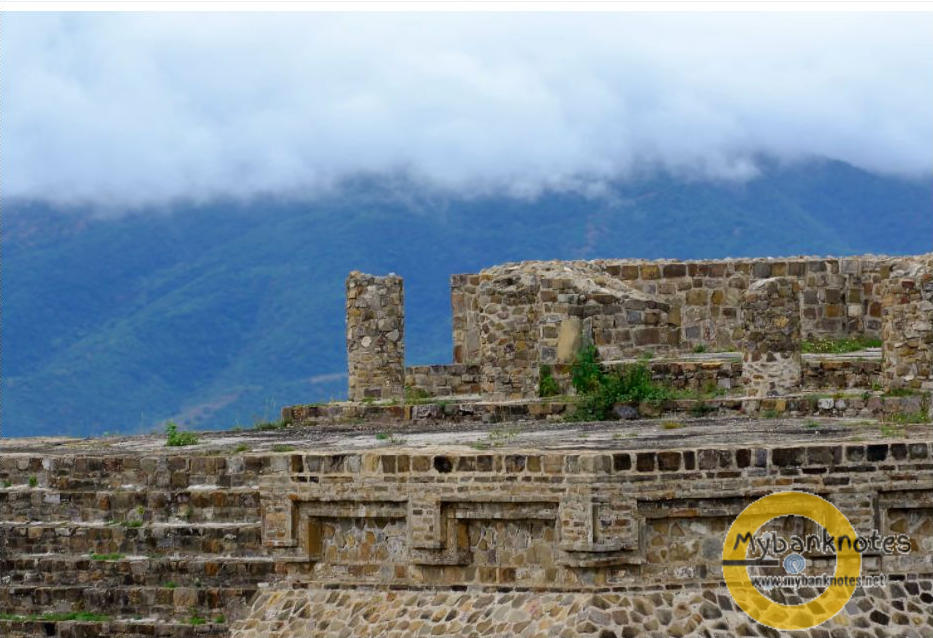






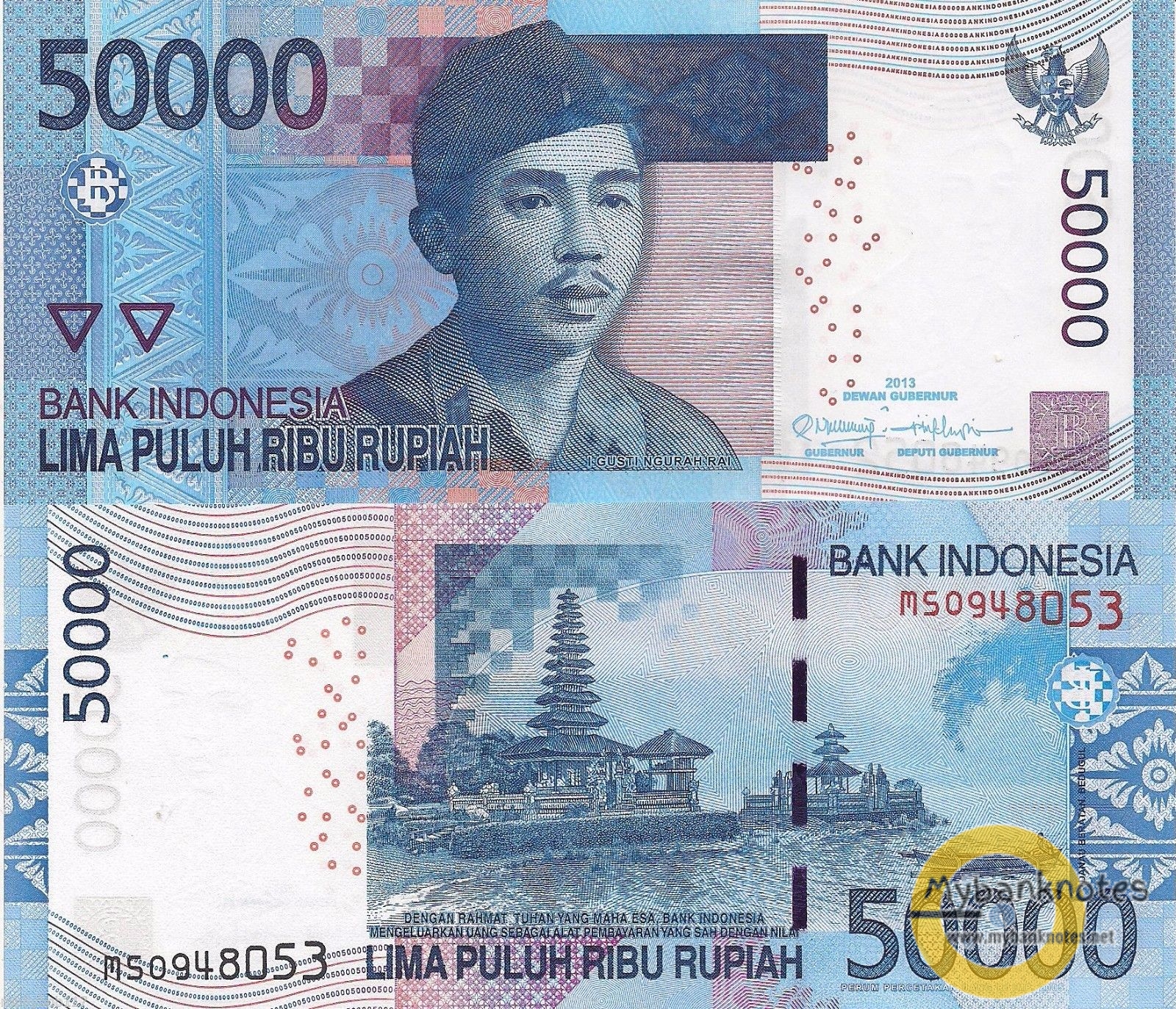
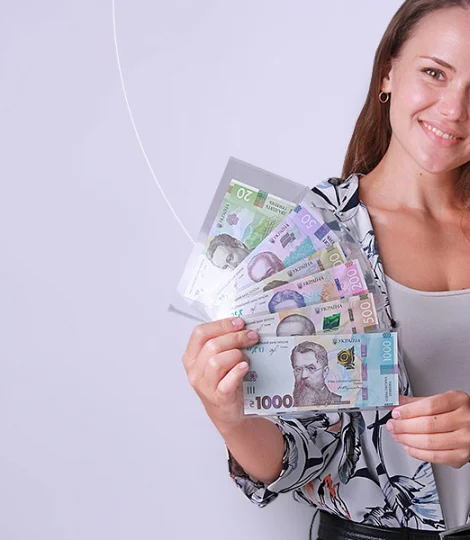
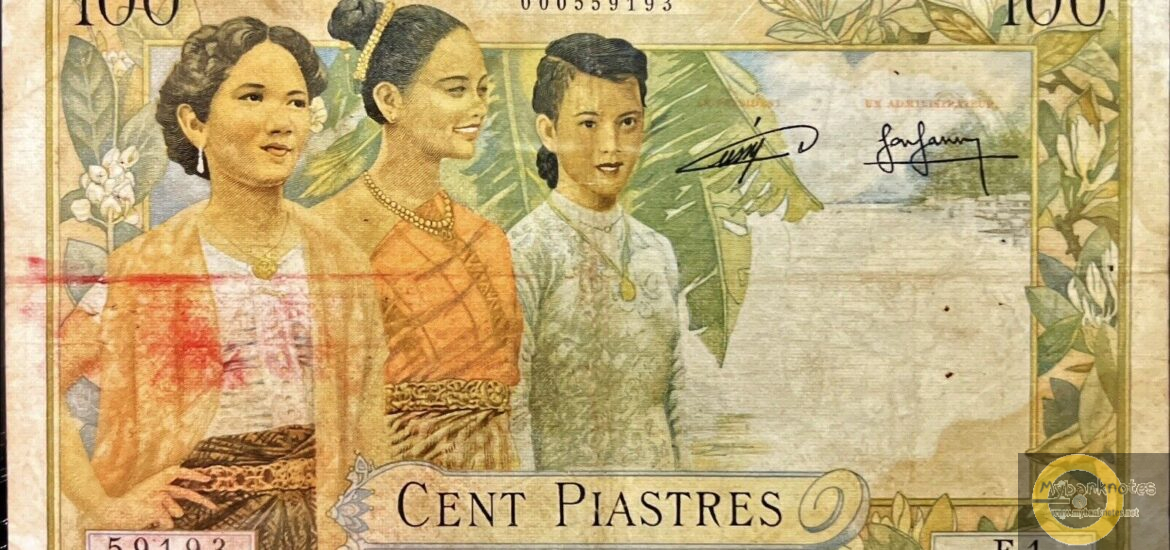
Vientiane has many ancient pagodas that I have been to, they are so beautiful.